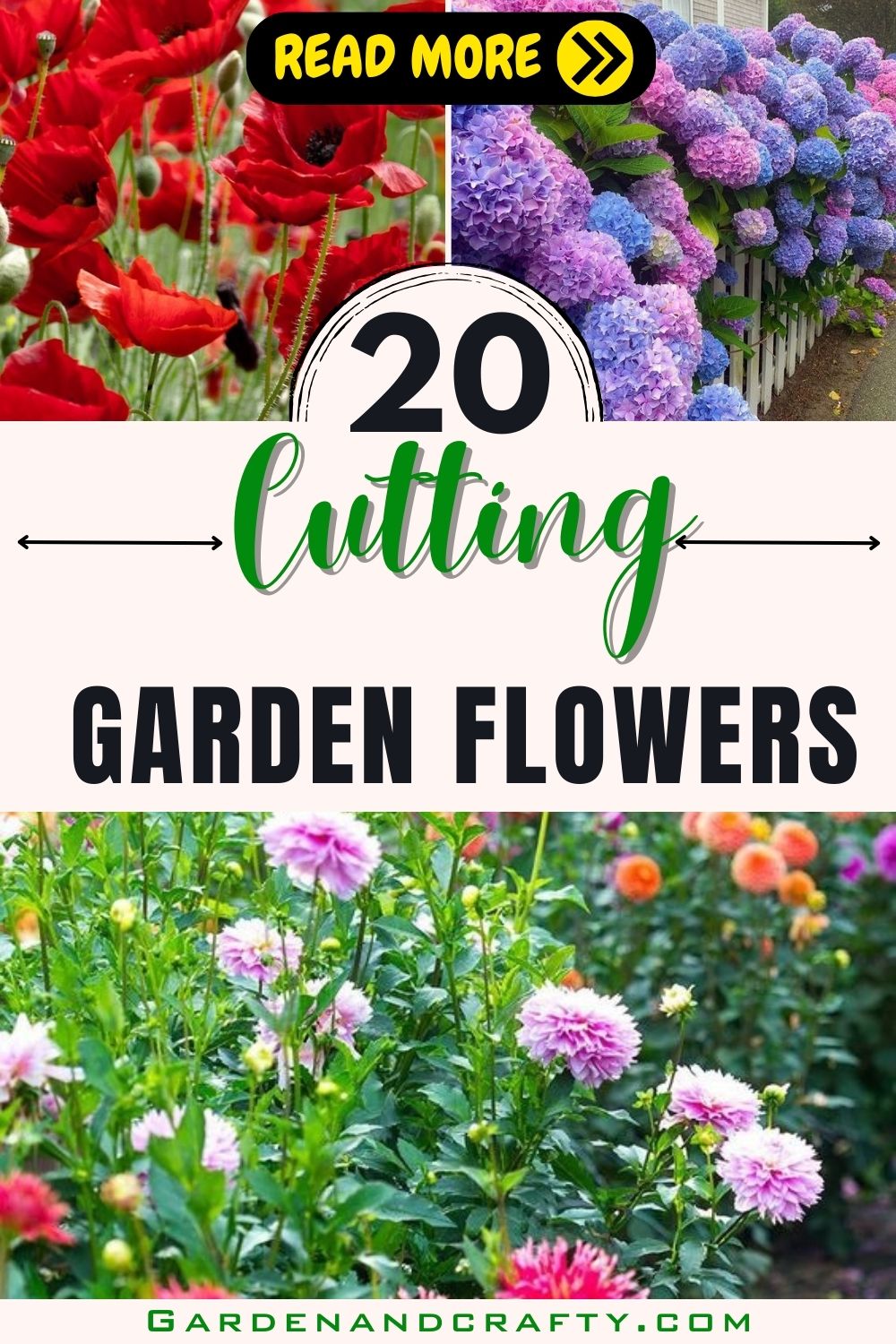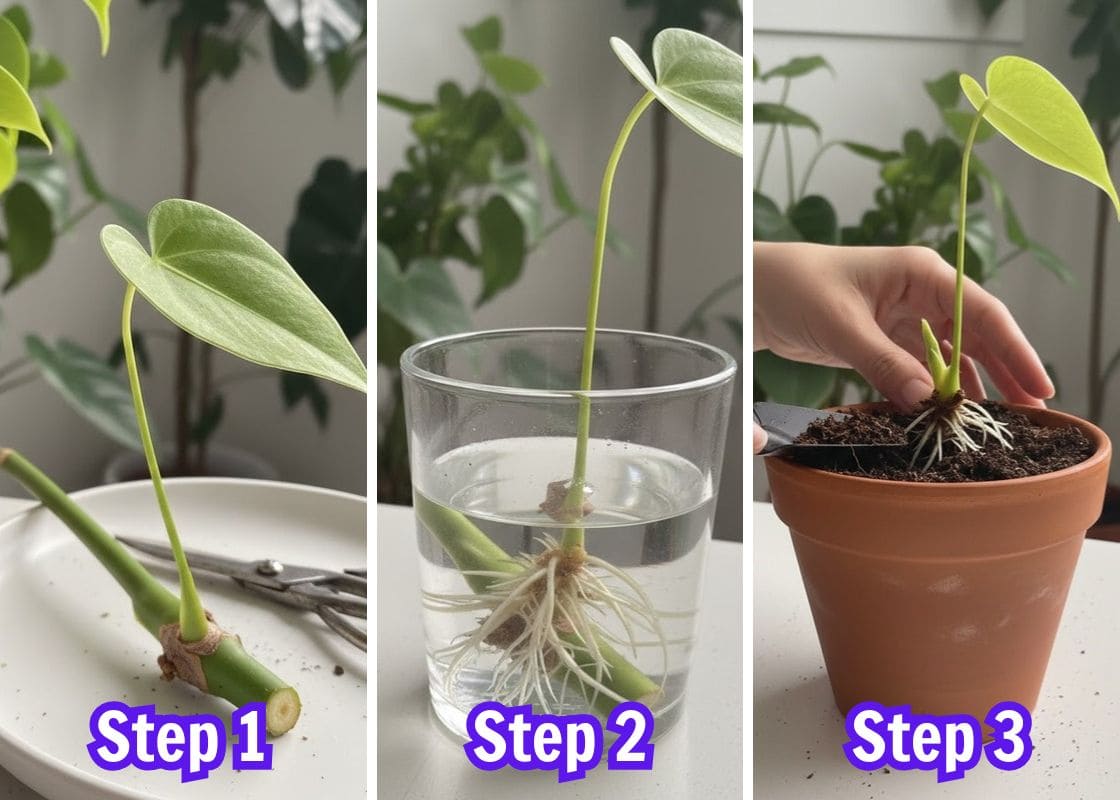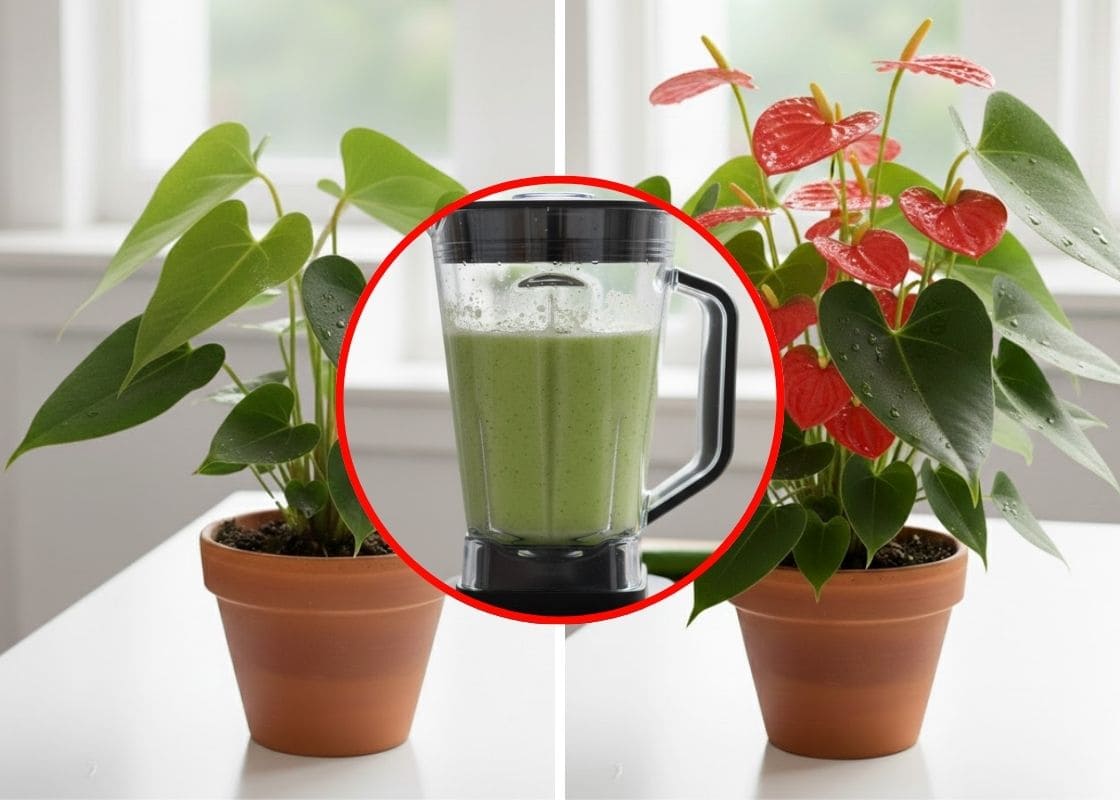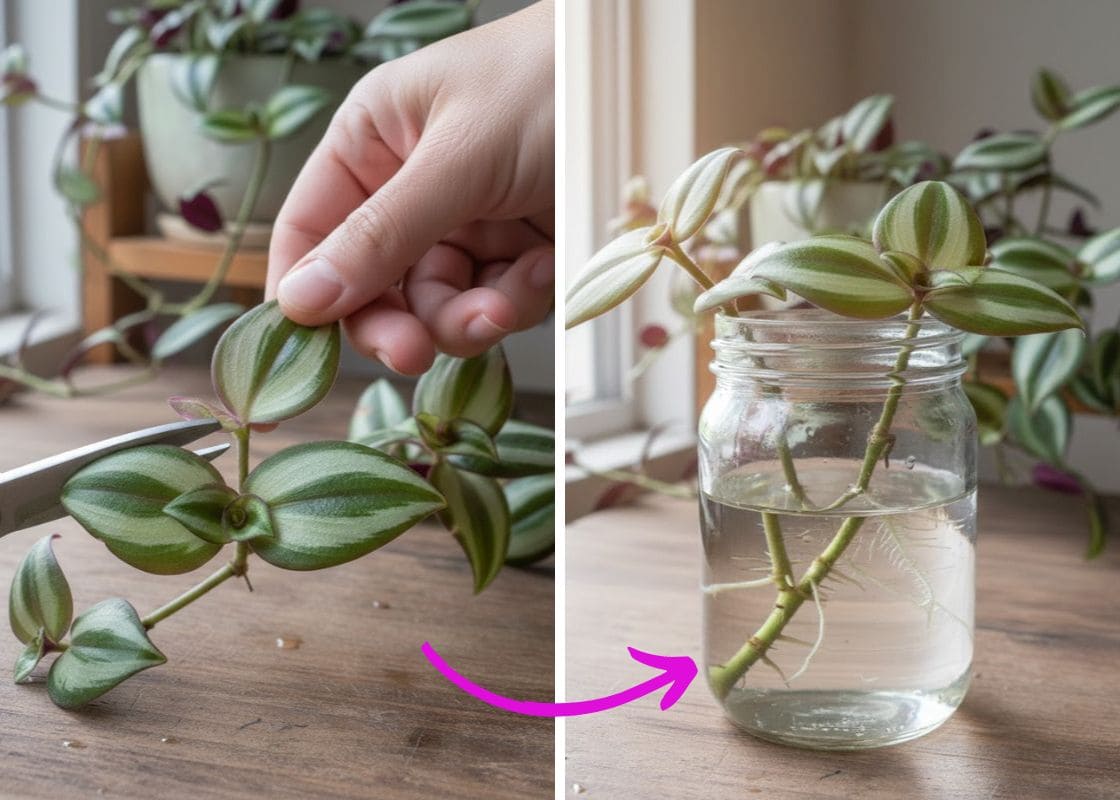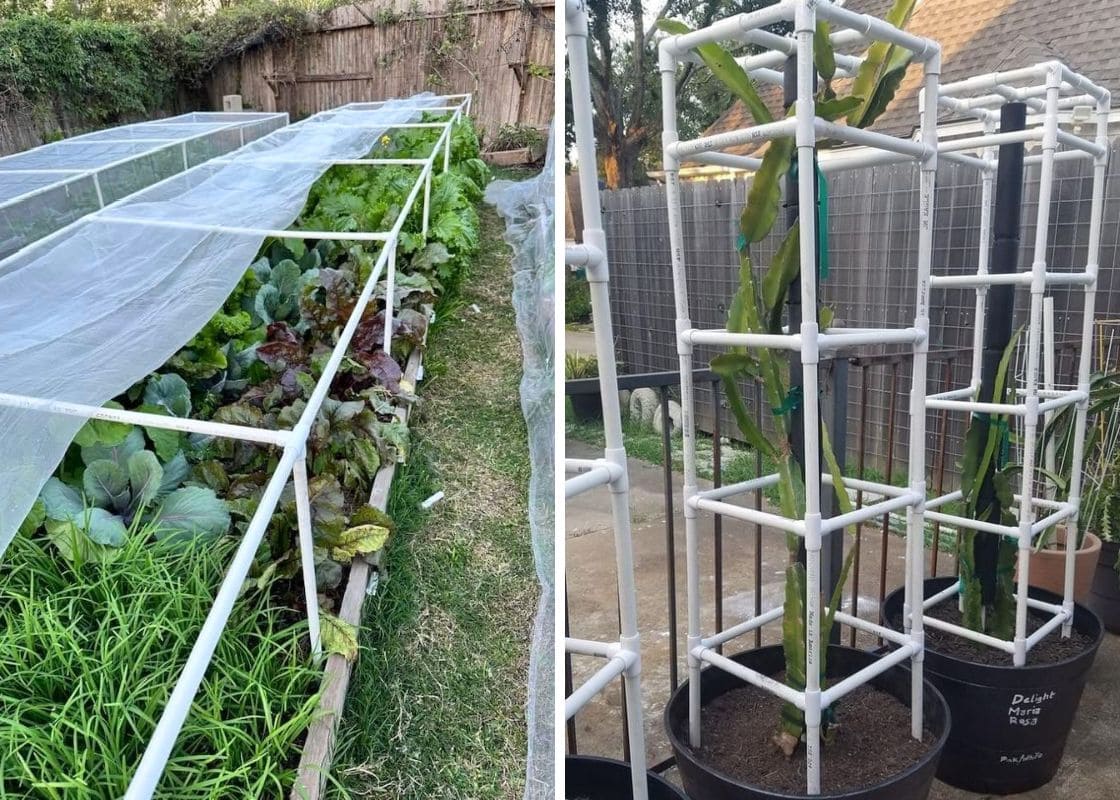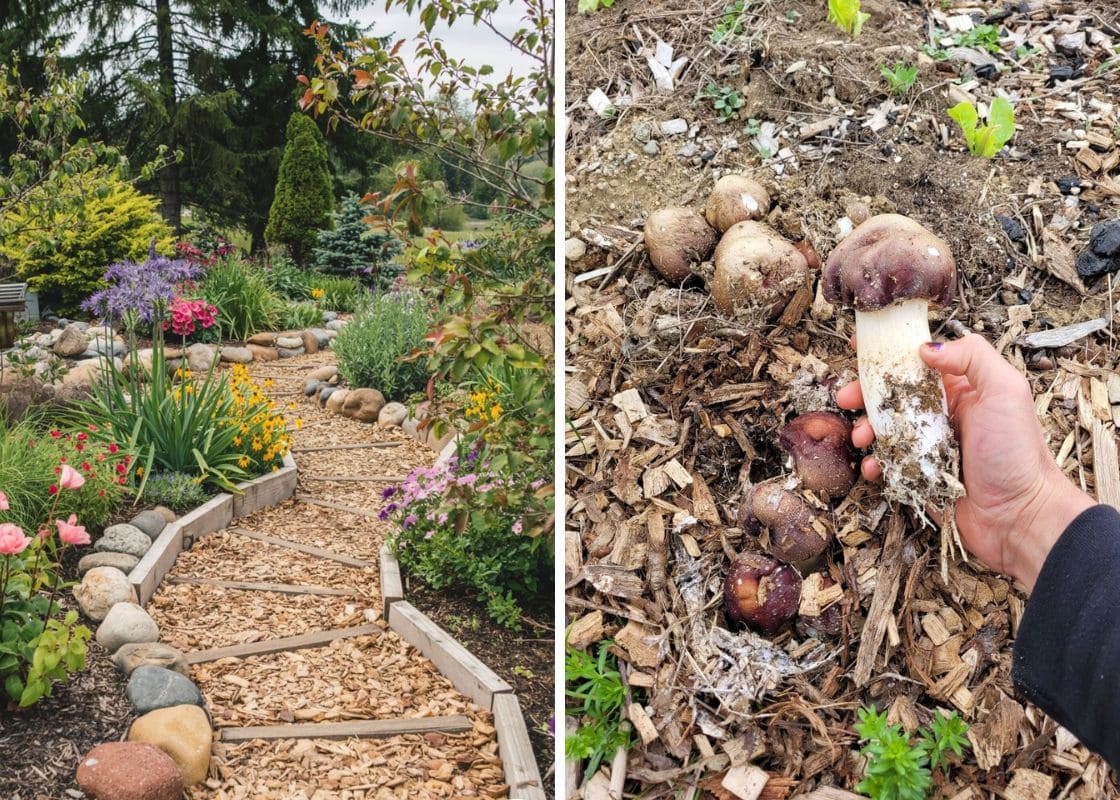If you have enough space, creating a dedicated flower patch for cutting allows you to enjoy your own homegrown flowers from late winter until late autumn. No matter if you have a small patch of land or a larger area for your flower bed ideas, there are numerous possibilities available for every size and budget. To help you narrow down the list, here are the best cutting garden flowers which are suitable for all levels of gardening expertise.
#1. Hellebore

Known as the winter rose, hellebores are early bloomers that add a touch of elegance to your cutting garden. Their nodding, cup-shaped flowers come in various colors, and bloom in late winter to early spring.
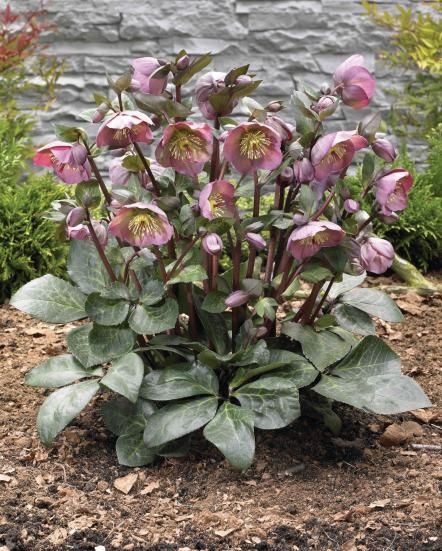
For arrangements, you can cut hellebores when the buds are just starting to open. Their unique charm and long vase life can last up to a week, making them a wonderful addition to your space.
#2. Narcissus

The cheerful narcissus, commonly known as daffodils, brings a burst of spring sunshine to your garden and arrangements. With trumpet-shaped flowers in various shades, they symbolize rebirth and new beginnings.
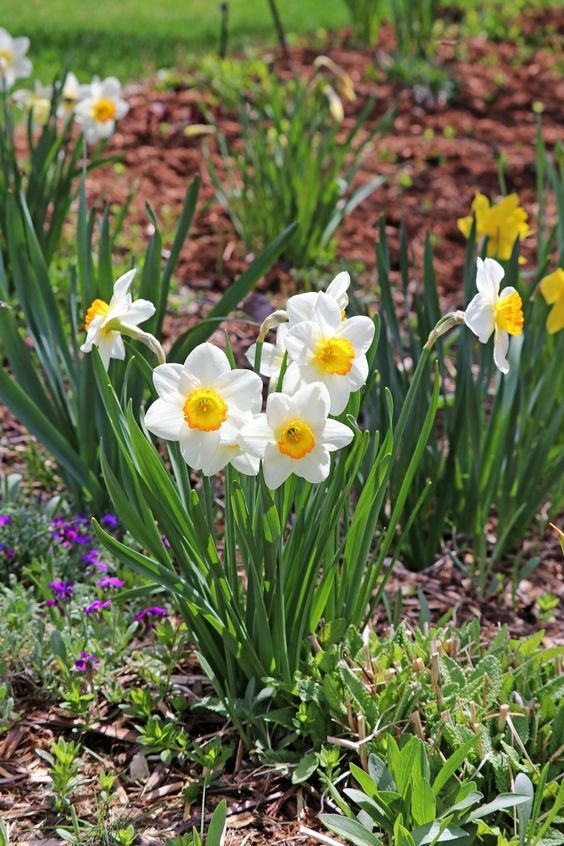
To ensure a prolonged blooming period, cut daffodils when the buds are in a half-open state. These resilient flowers can last up to a week in a vase.
#3. Ranunculus
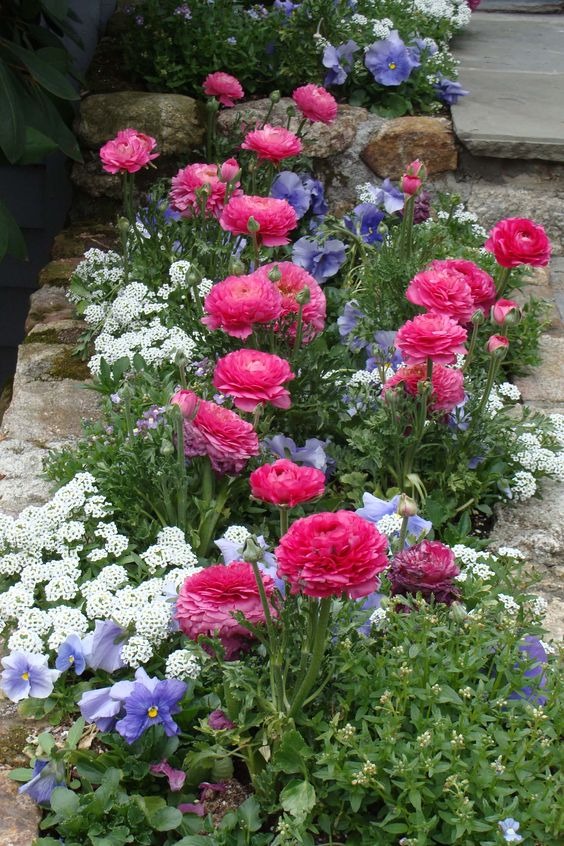
Ranunculus, with their layered and delicate petals, are among the most favorite cutting garden flowers. These blooms come in a myriad of colors, adding a romantic and whimsical touch.
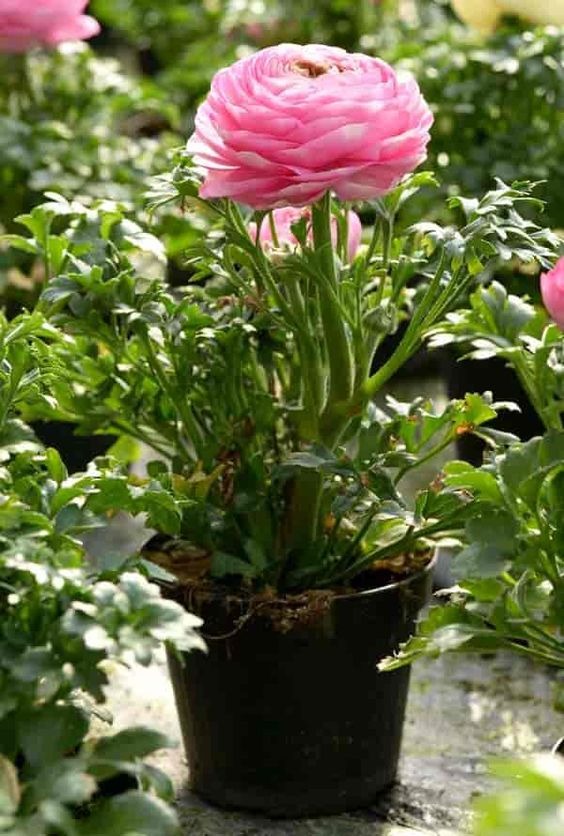
Ranunculus should be cut when the buds are just opening. Their versatility and vibrant hues make them a must-have for creating dreamy and charming floral arrangements.
#4. Alliums

The architectural elegance of alliums, commonly known as ornamental onions, adds a modern flair to your cutting garden. With their globe-like flower heads, these flowers can make a bold statement.
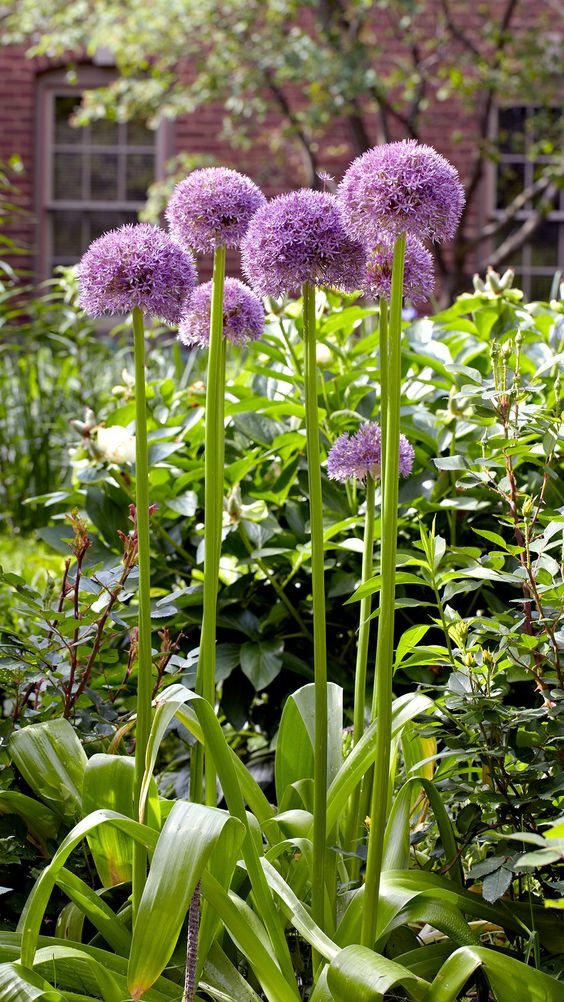
They blossom from May to July and are on full display for up to 2 weeks. Additionally, the dried seed heads work well in arrangements too.
#5. Tulips

Tulips, with their classic and timeless beauty, are synonymous with spring. These vibrant flowers come in an array of colors and shapes, making them versatile for various arrangements.

To prolong the flowering season, pinch off the blooms once they fade. They are ready to mix up with other flowers for a lovely arrangement when the buds are just starting to open.
#6. Cornflower
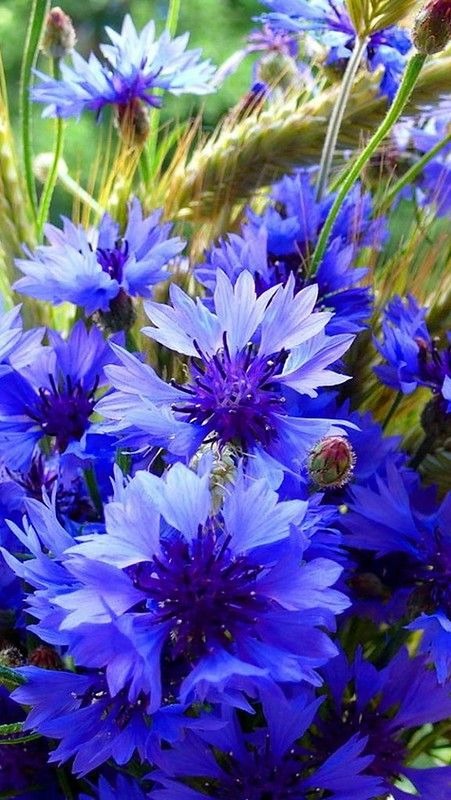
The delicate and charming cornflower, also known as bachelor’s button, is a cottage garden favorite. With fringed petals in shades of blue, pink, and white, cornflowers evoke a sense of nostalgia.
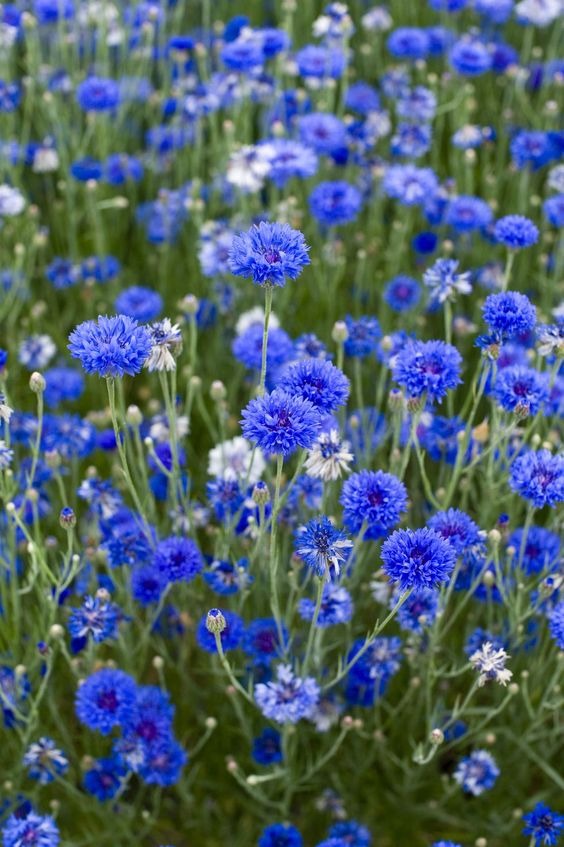
They flower for weeks from May to September if you keep cutting them. Don’t forget to pink back spent blooms to encourage continuous flowering.
#7. Peony
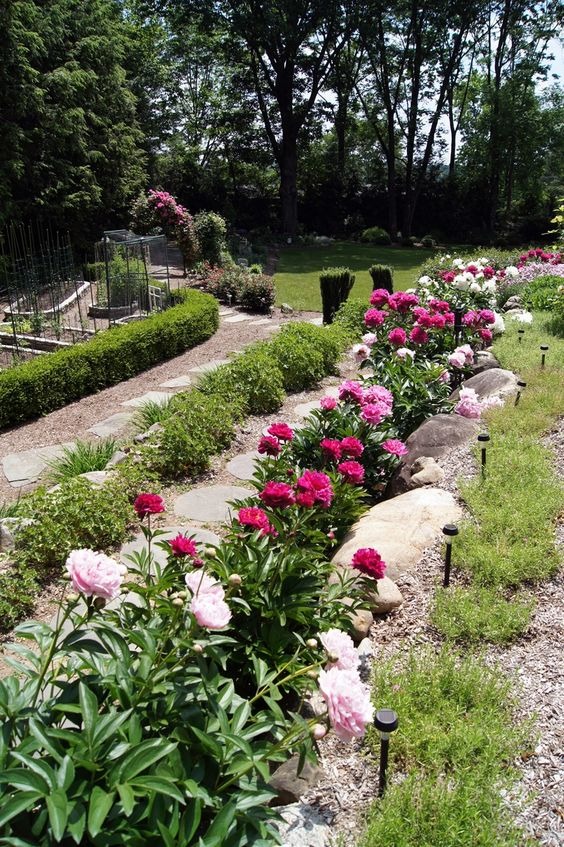
Peony is a queen among cutting garden flowers. These large, fragrant flowers come in various colors and exude romance.
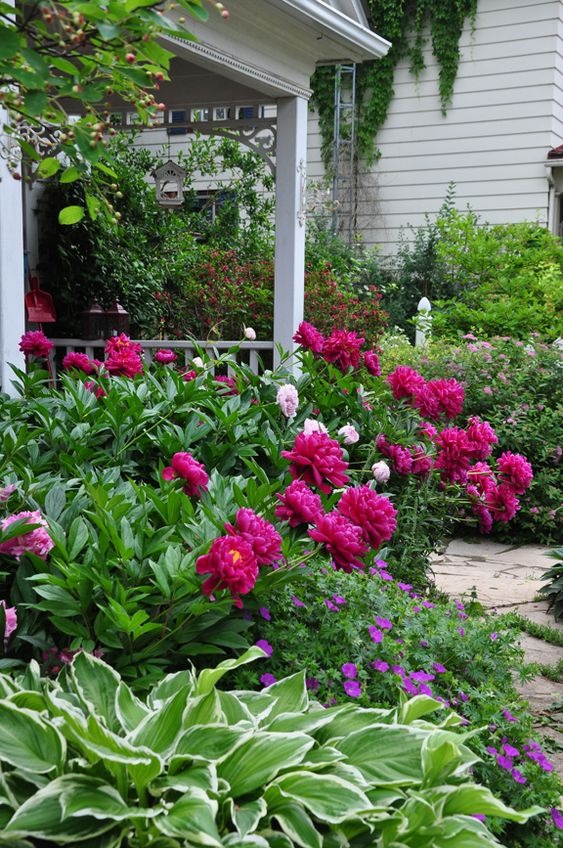
If picked when the buds are still squidgy, peonies make wonderful, long-lasting cut flowers. With luxurious appearance and intoxicating fragrance, they steal the spotlight in any floral arrangement.
#8. Sweet Pea
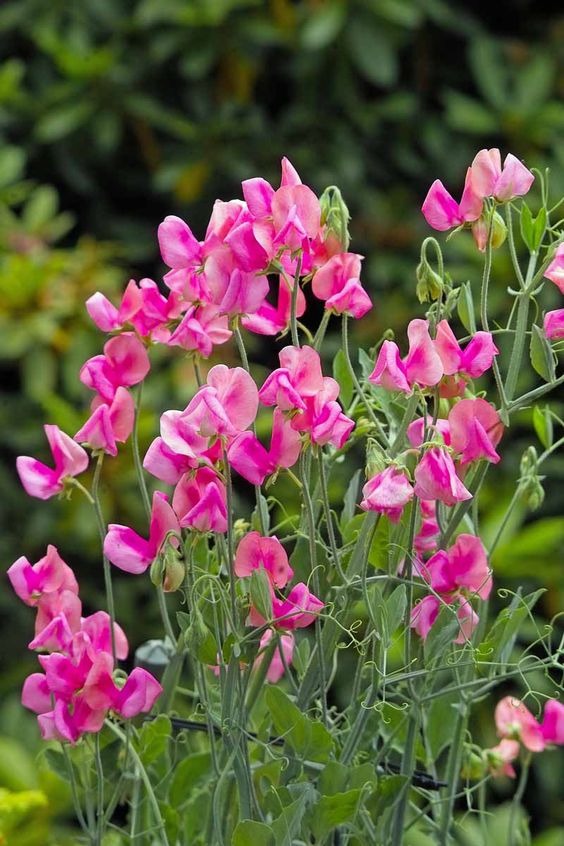
Sweet peas feature their fragrant and delicate blossoms, bringing a sweet and nostalgic note to your cutting garden. These climbing vines come in a range of pastel hues.
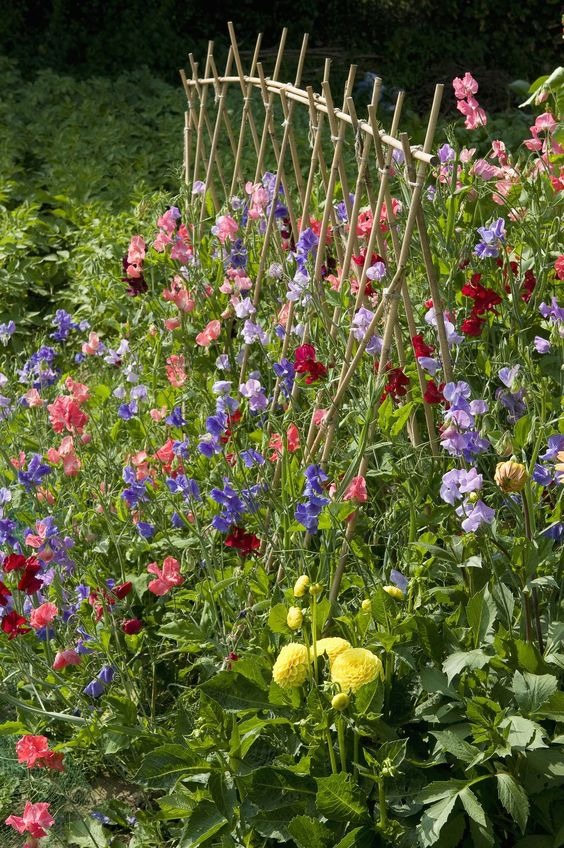
As they climb, these plants will need to be tied to the support. They can bloom from May to October if picked nearly every day, producing vases full of fragrant, attractive blooms in hues of pink, white, blue, orange, purple, and red.
#9. Poppy

The papaver, or poppy adds a bold splash of color to your cutting garden. Available in various shades, they are a garden delight and loved by pollinators.

Whatever types of poppies you choose, they all offer beautiful flowers with tissue paper petals from June to August. If picked just as the bud starts to crack open and show color, your flowers in a vase can last up to about five days.
#10. Ammi
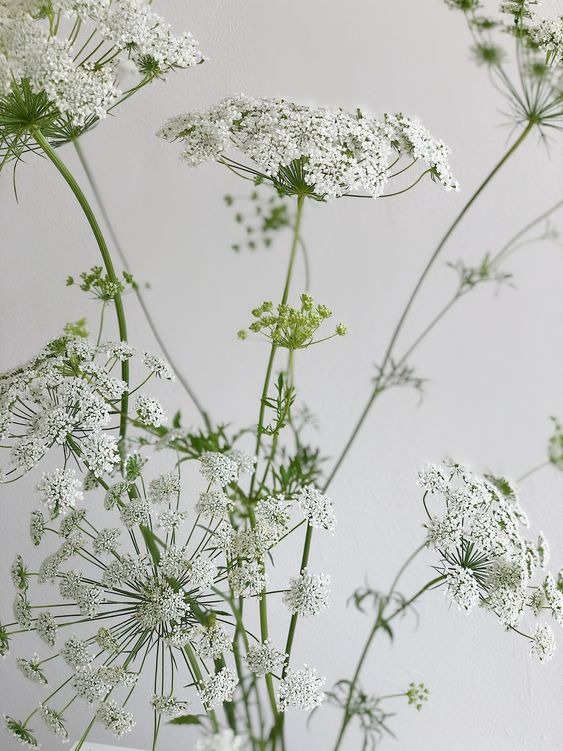
Ammi, also known as Queen Anne’s Lace, is a delicate and airy addition to your cutting garden. With lacy white umbels, it complements a variety of flowers in arrangements.
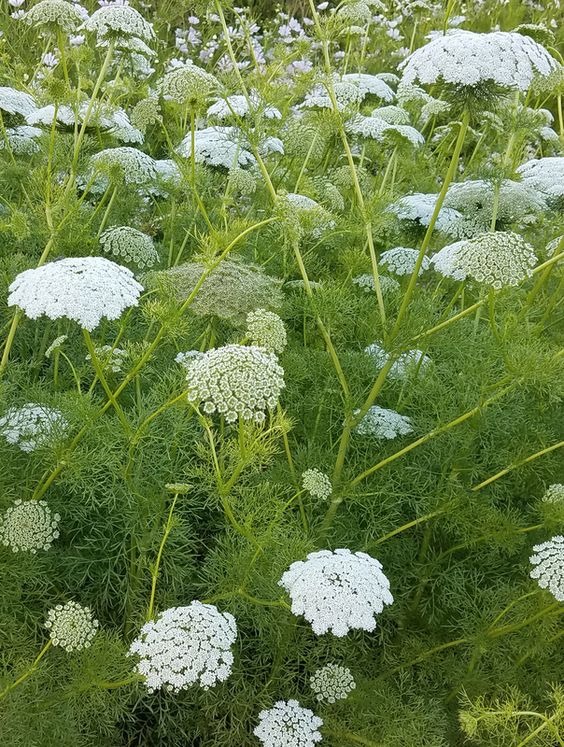
Ammi flowers for a long time, from June to September, and the seed heads are equally lovely as the delicate white flower.
#11. Daucus
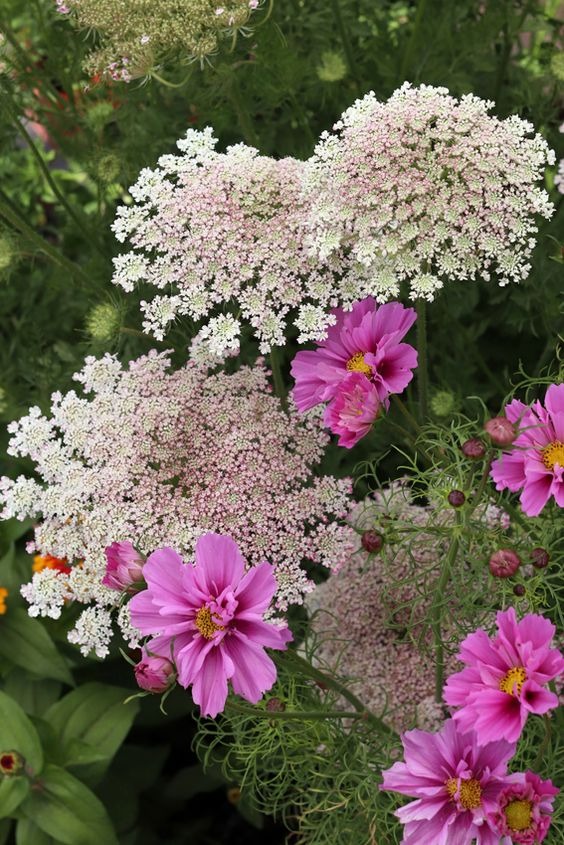
Daucus, commonly known as wild carrot or dara, is a whimsical and feathery bloom that adds a touch of the wild to your cutting garden.
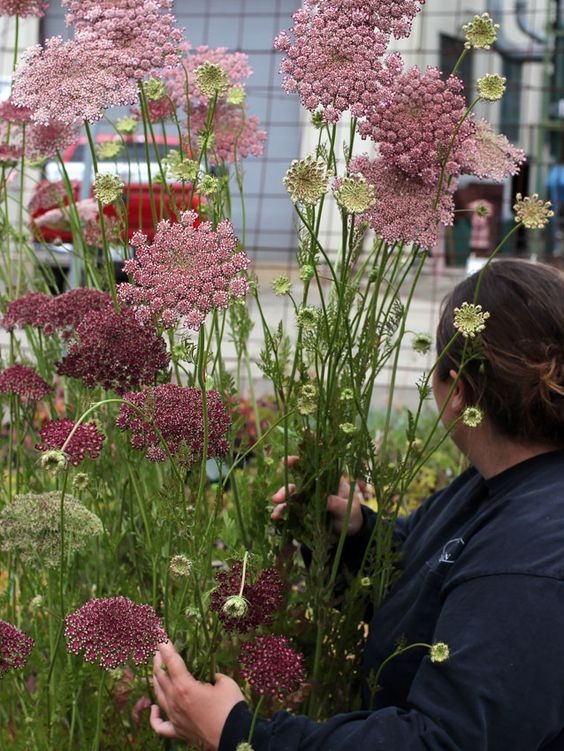
Similar to cow parsley, it will flower from June to September and can last up to two weeks in a vase, making it ideal for a garden-inspired bouquet.
#12. Roses

The list of cutting garden flowers can not be completed without roses. Roses come in a multitude of colors and varieties, each with its unique charm.
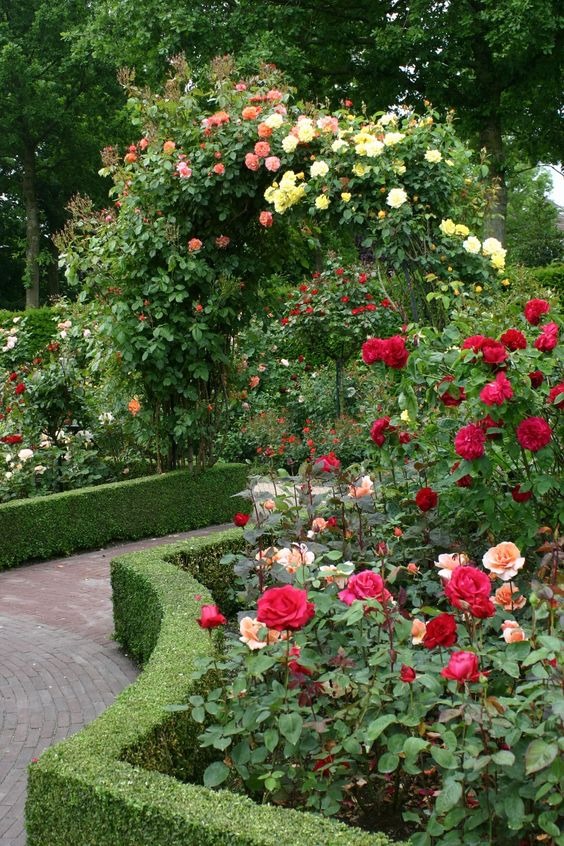
Roses are an investment, but with proper pruning in the late winter and feeding during the growing season, they will yield years of beautiful flowers. Whether used on their own or combined with other blooms, these stunning flowers add an element of sophistication and grace to any arrangement.
#13. Nigella
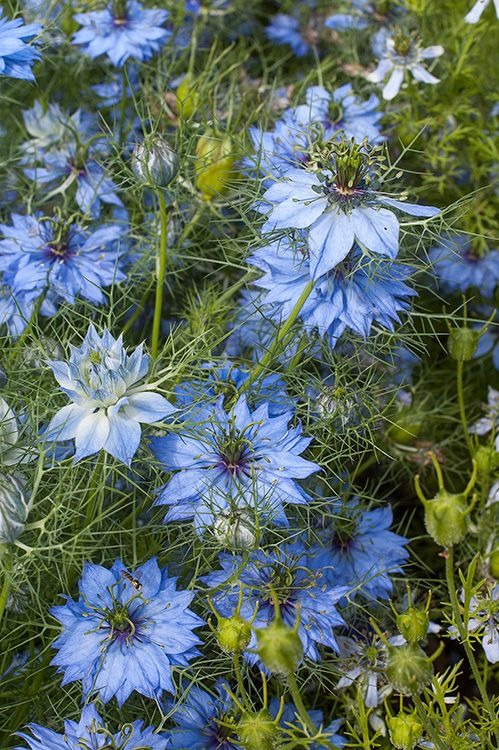
Nigella, sometimes referred to as love in the mist, is a flower that is typical of a cottage garden. From June to September, it will gracefully weave a charming trail of pink, blue, and white starry flowers.
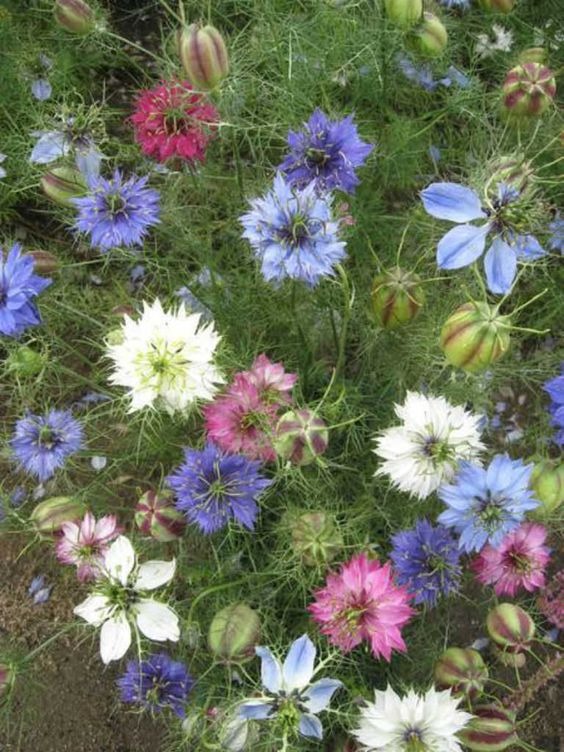
Nigella is a great addition to salads or summer cocktails because it is edible as well. Even after the colored petals have fallen, it retains its long vase life, leaving a delicate, pale green ruffle.
#14. Achillea
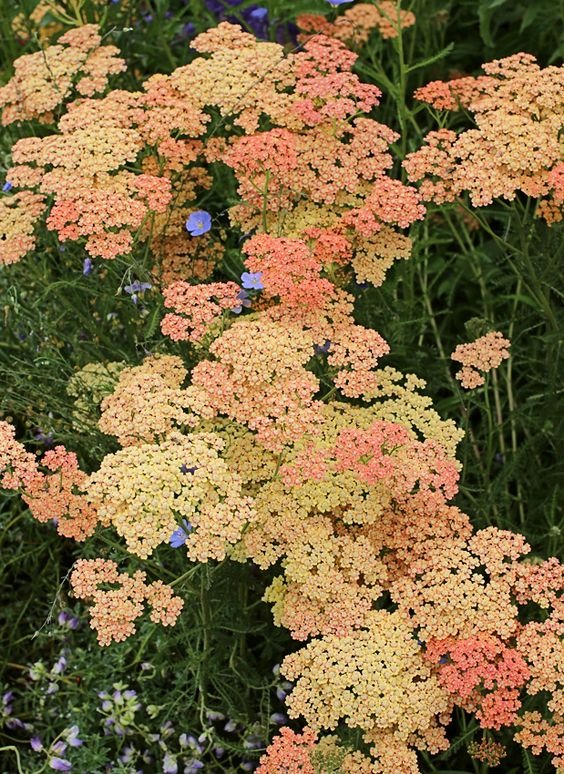
Achillea, or Yarrow, is a hardy and versatile perennial that adds a touch of cottage garden charm to your cutting garden. Pollinators adore these plants, which range in color from white to all the pastels to red, bright pink, and orange.
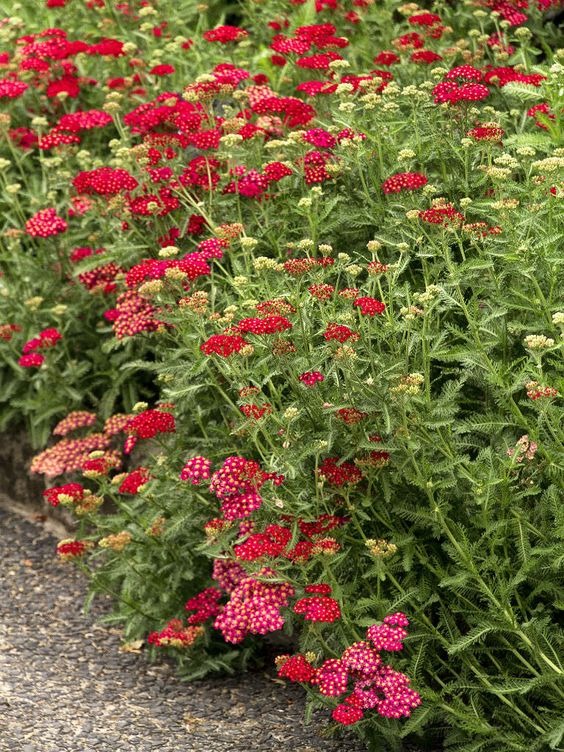
Harvest achillea when the majority of the flowers in the cluster are open, and they can last up to a week in a vase. These resilient flowers are perfect for creating rustic and garden-inspired arrangements.
#15. Calendula
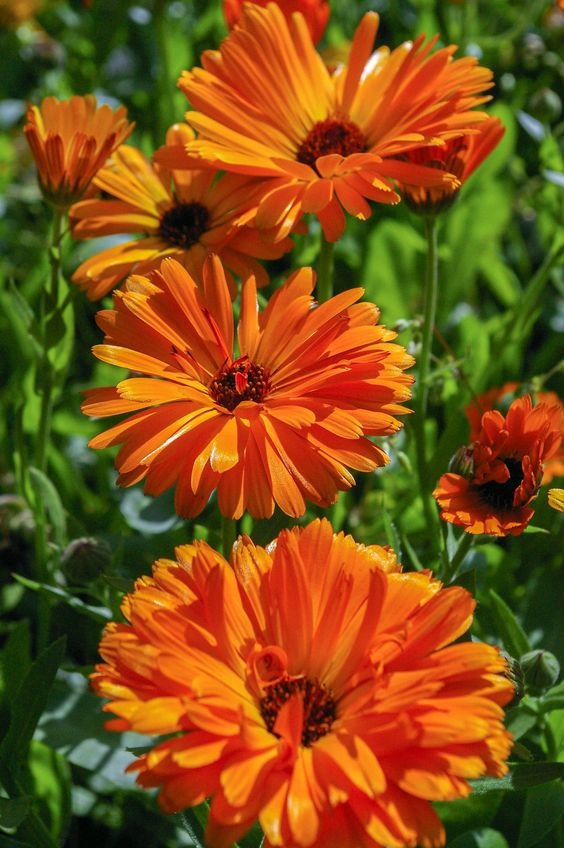
Another lovely edible flower that resembles a daisy and works well in salads and vases is calendula. It will bloom in orange, yellow, cream, or pinky-brown hues from June until late autumn.
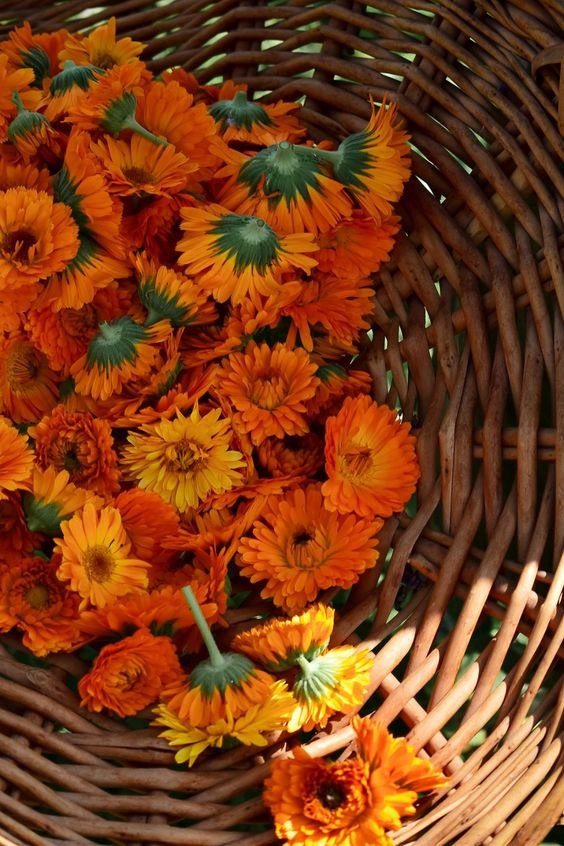
Once more, pollinators adore them and they grow well in pots as well. Calendula has a light earthy smell and keeps well in a vase.
#16. Annual Phlox
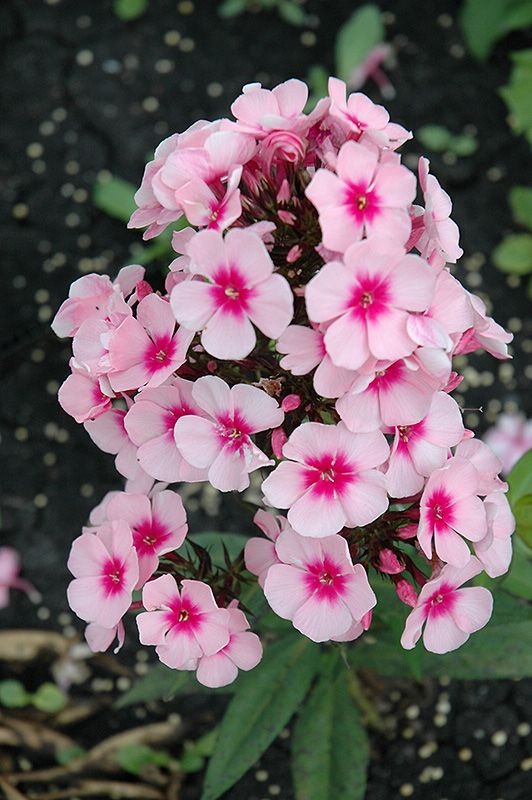
Annual phlox features fragrant and colorful clusters of flowers, making them perfect for lively and dynamic arrangements. It comes in various colors, ranging from cremes to pinks to blues and purples. Every tiny starry flower is unique in its beautiful hues and patterns.

It grows clumsily and is best supported by short pea sticks or other plants. Plus, phlox has an exceptionally long vase life of about three weeks.
#17. Cosmos
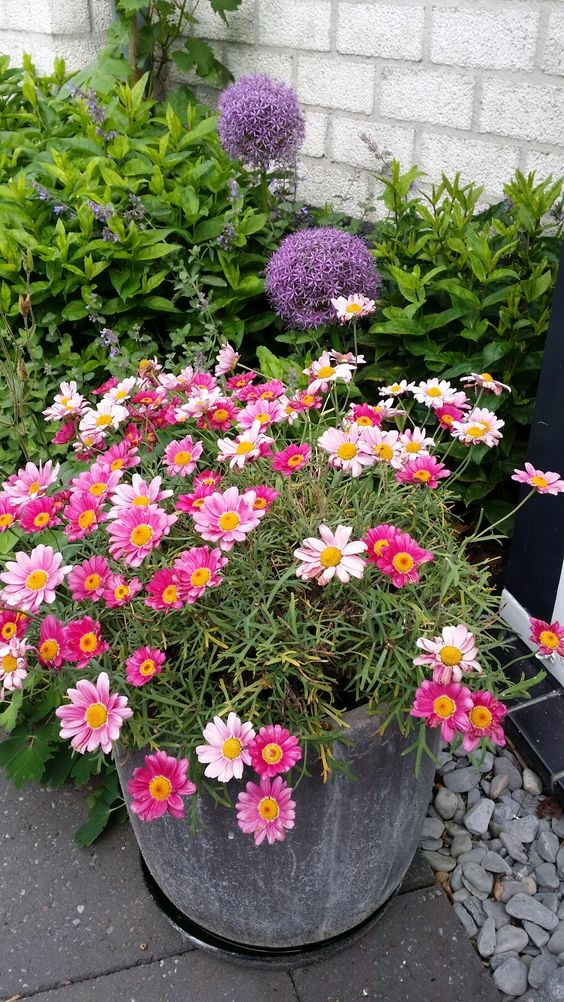
Cosmos, which yield daisy-like flowers in pink, white, and red colors, are another excellent cutting flower, adding a touch of whimsy to your arrangements.
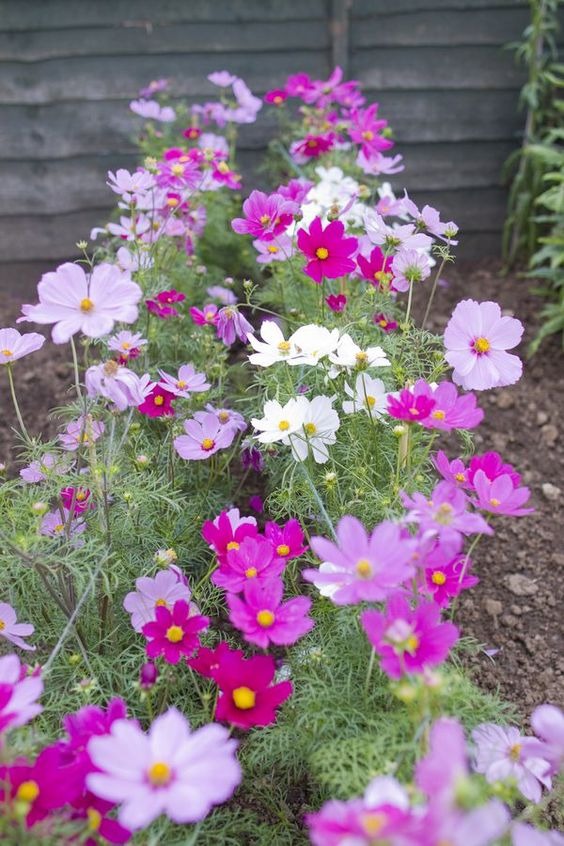
Cosmos can be kept at a shorter length by pinching them at the 18-inch mark, even though they normally grow in the 32–48-inch range and require full sun.
#18. Dahlias
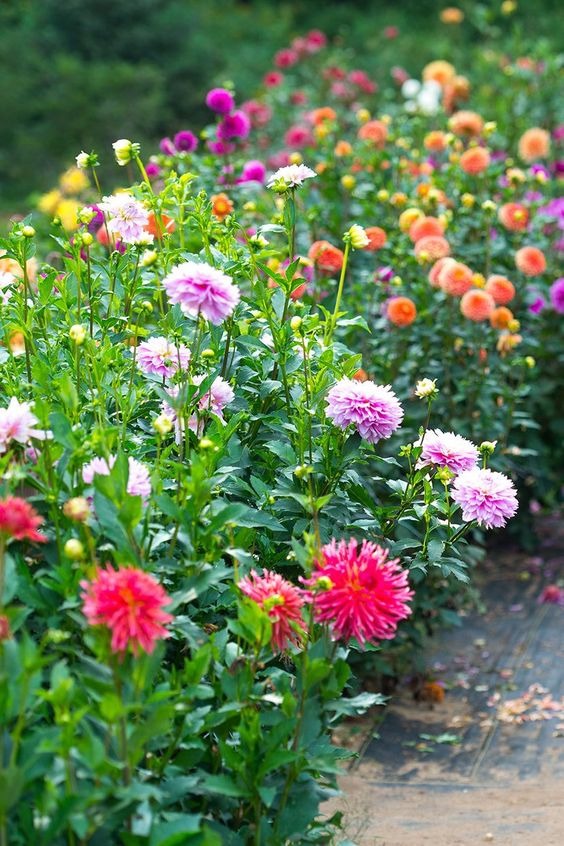
Dahlias, with their bold and diverse blooms, are a showstopper in the cutting garden. Dahlias come in every color under the sun, except blue, and can be as simple as daisies or as intricate as tight balls with many petals.

They can be left in the ground and simply covered with a thick layer of mulch if your soil drains freely. These are frequently very tall plants that need to be staked. Dahlias last incredibly well in a vase and bloom profusely from July until the first frosts.
#19. Hydrangea

Hydrangeas come in a wide variety of flower shapes, heights, spreads, and colors, offering countless ways to get creative with your floral arrangements. They bloom for a long time, from July through the beginning of winter, and their colors frequently change as the weather gets colder.
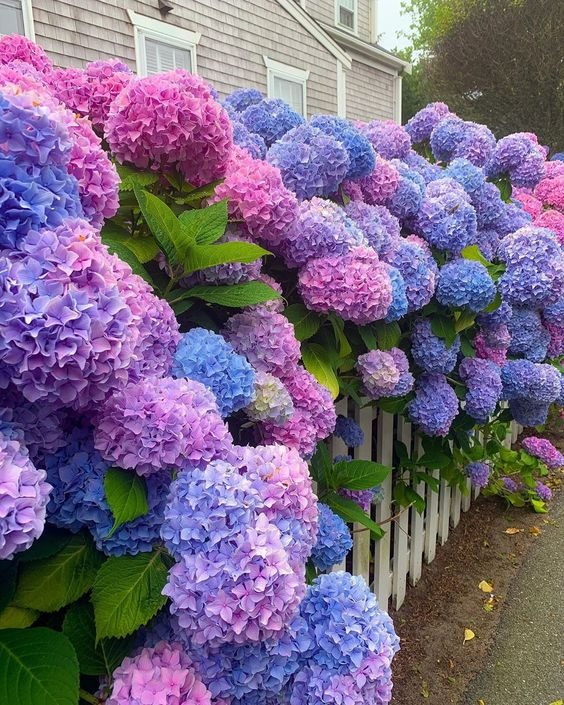
The small-headed varieties, like “Annabelle,” “Limelight,” or the petiolaris or paniculata kinds, are some of the best for arranging. Plus, you can use the flower heads for dried flower arrangements after they dry beautifully.
#20. Rudbeckia

Rudbeckia, commonly known as Black-Eyed Susan, is a vibrant and hardy perennial in your cutting garden. These are gorgeous daisy-shaped plants with centers resembling the nose of a teddy bear.
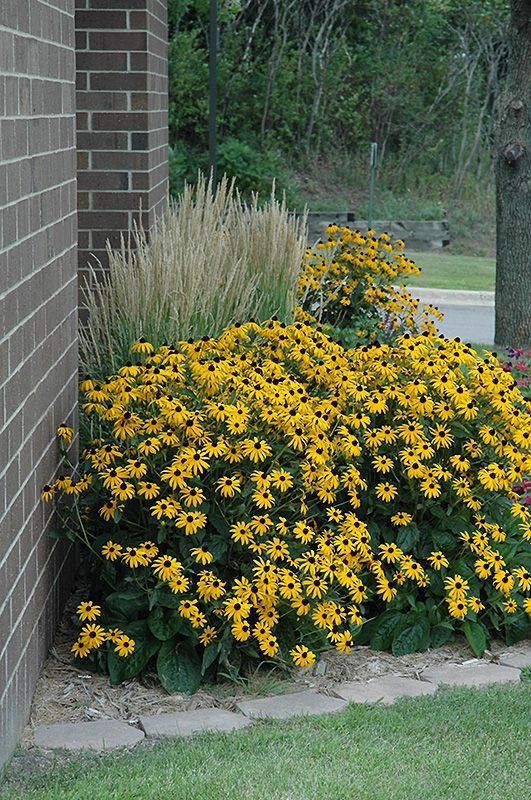
Pollinators adore them, and their colors range from yellow to red and brown with honey tones. Rudbeckias bloom from July until the first frosts and have a wonderfully long vase life.
Knowing when to pinch cutting garden flowers for optimal arrangements and how long they last after being cut are the keys to ensuring that your garden remains a constant source of inspiration for creating beautiful bouquets. Plus, by choosing a variety of flowers that bloom at different times, you can have a continuous supply of fresh flowers throughout the season. And if you want to learn more about growing and arranging, just check our other articles for more helpful advice.
